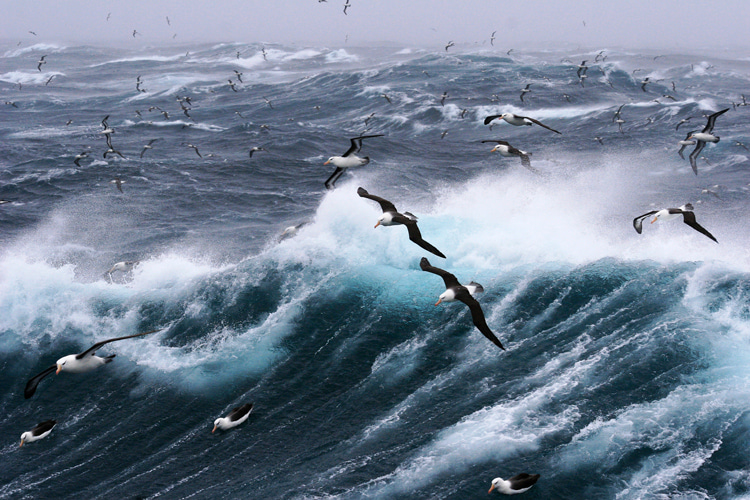The Atlantic Ocean is a world of its own, a vast and mighty expanse that stretches across the globe.
Its deep blue waters are a reflection of the sky above, shimmering with the light of the sun and the stars.
But the Atlantic is more than just a body of water.
It's a living, breathing ecosystem, home to a diverse array of marine life that moves with the rhythm of the tides.
From the largest whales to the smallest plankton, every creature in the Atlantic has a role to play in the intricate web of life that spans the ocean.
And there's more:
- It is a relevant source of energy, with offshore wind farms providing renewable electricity to coastal communities
- It is a popular destination for recreational activities, such as swimming, surfing, fishing, and whale watching;
- It has been an important site for scientific research, with many oceanographic expeditions uncovering new information about marine life and ocean currents;
- It has a diverse array of seafloor habitats, including deep-sea hydrothermal vents, cold-water coral reefs, and sandy plains;
- It is an essential site for oil and gas exploration, with many offshore drilling rigs operating in the ocean;
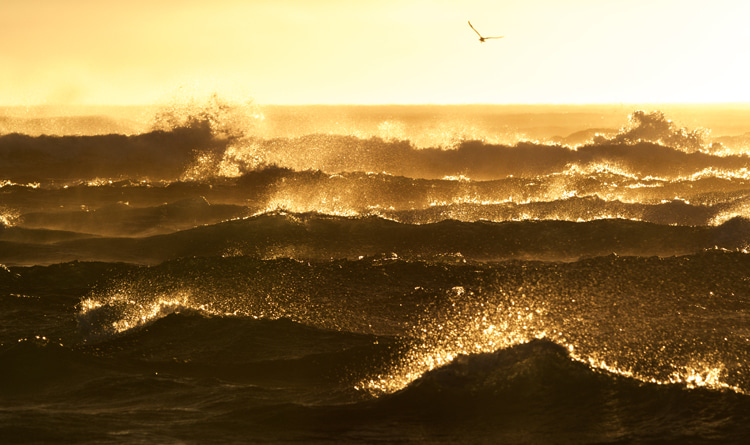
The Pond
As the waves crash against the shore, they carry with them the stories of the sea - tales of adventure, mystery, and wonder.
From the ancient sailors who charted its waters to the modern explorers who still seek its secrets, the Atlantic has always held a special place in the human imagination.
And yet, for all its beauty and power, the Atlantic is a fragile ecosystem, vulnerable to the impacts of climate change, overfishing, pollution, and other human activities.
As we navigate its waters, we must remember our responsibility to protect and preserve this precious resource for future generations.
So, let us marvel at the majesty of the Atlantic, with its wild winds, towering waves, hidden depths, and glittering shores.
Let us honor the creatures that call it home and the stories that it has to tell.
For in the Atlantic Ocean, we find a reflection of our vast and wondrous world. Here's everything you need to know about "The Pond."
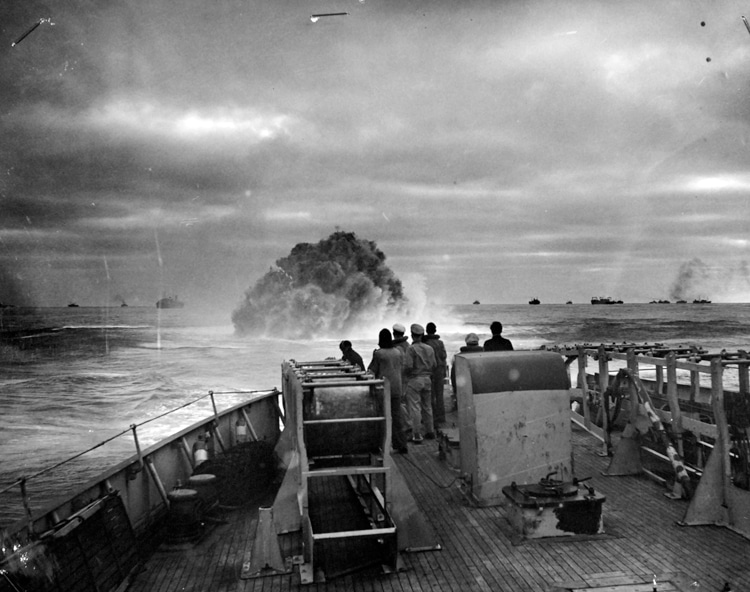
History
The Atlantic Ocean was named after the Greek god Atlas, who held up the world on his shoulders.
Atlantis is a mythical island or continent that is said to have existed in the Atlantic Ocean in ancient times. According to the story, Atlantis was a wealthy and powerful civilization that was advanced in technology, science, and culture.
Norse explorer Leif Erikson (970s-1019/1025) is believed to be the first European to cross the Atlantic Ocean and set foot in North America - that's over 500 years before Columbus.
The world's second-largest ocean has been the site of many famous historical events like the sinking of the Titanic and legendary naval battles like the Battle of the Atlantic during World War II.
On May 21, 1927, Charles Lindbergh completed the first nonstop transatlantic flight from America (New York) to Europe (Paris).
The Bermuda Triangle, located in the western part of the North Atlantic Ocean, has been the site of numerous unexplained disappearances of ships and planes.
Geology
The Atlantic Ocean is the second largest ocean in the world, covering an area of about 106,400,000 square kilometers, approximately 20 percent of the Earth's surface.
It is six times bigger than the United States and connects to all other oceans.
It is believed to have formed around 155 million years ago, during the breakup of the supercontinent Pangaea. Therefore, it is the youngest of the world's major oceans.
The deepest point in the Atlantic Ocean is the Puerto Rico Trench, at 8,376 meters (27,480 feet) deep.
The average depth is 3,338 meters (10,932 ft).
The ocean floor of the Atlantic is generally smoother than the Pacific's.
The Mid-Atlantic Ridge is a massive underwater mountain range stretching over 16,000 kilometers through the center of the Atlantic Ocean, separating the ocean into two halves. It's the world's longest mountain range.
The Atlantic Ocean contains many of the world's largest estuaries, including the Chesapeake Bay, Delaware Bay, and the Amazon River estuary.
It also features many volcanic islands, for instance, Iceland, the Azores, and Saint Helena.
The Pond's largest island is Greenland, which is located in the North Atlantic.
Believe it or not, the Atlantic Ocean is expanding at about 1.5 inches (3.8 centimeters) per year.
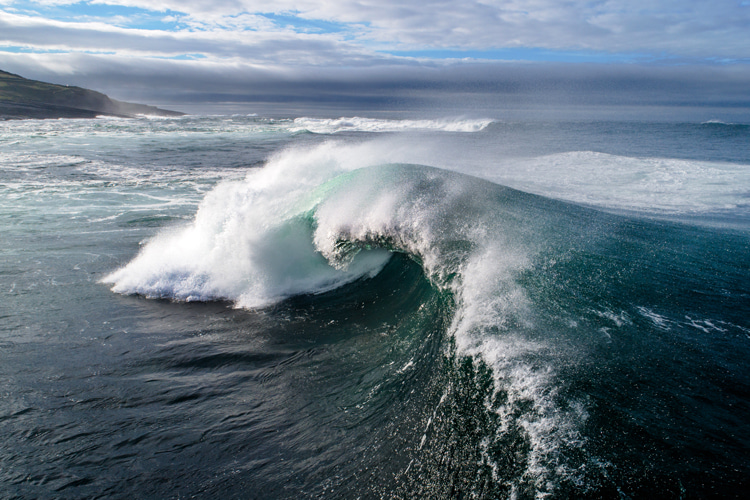
Water and Weather
The Atlantic has the saltiest water of all the oceans, with an average salinity of 3.5 percent.
Its temperature ranges from 28 °F to 86 °F (-2 °C to 30 °C).
It is known for its strong, persistent trade winds blowing east to west across the ocean.
The Gulf Stream, a warm ocean current that originates in the Gulf of Mexico, plays a significant role in regulating the climate of the Atlantic Ocean.
The water body is also home to the world's largest ocean current, the North Atlantic Drift, which carries warm water from the Gulf of Mexico to northern Europe.
The Atlantic is responsible for transporting heat from the equator to the poles. It features a unique circulation pattern known as the Atlantic Meridional Overturning Circulation (AMOC), which plays a crucial role in global climate patterns.
The ocean's currents are driven by the rotation of the Earth and differences in water temperature and salinity.
The Pond is home to the Sargasso Sea, a floating seaweed habitat covering about five million square kilometers. It's the only sea in the world without a coastline.
The Atlantic has the highest tidal range in the world at the Bay of Fundy - 38.4 feet (11.7 meters).
Last but not least, it is known for its solid and unpredictable storms, including hurricanes and nor'easters.
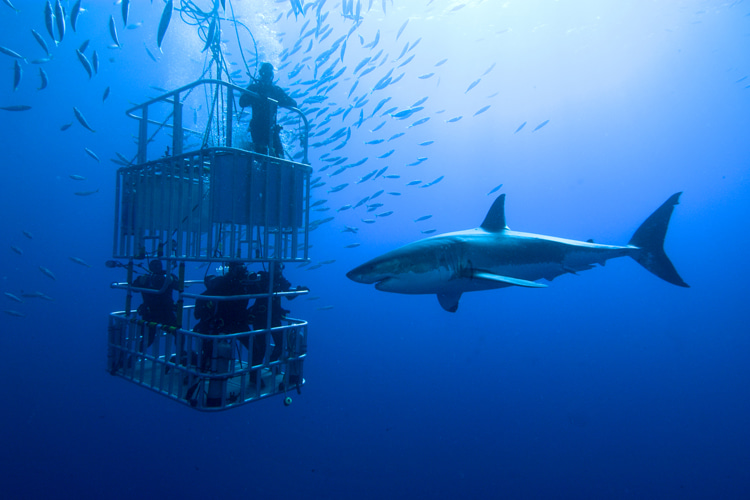
Marine Life
The Atlantic Ocean produces about 20 percent of the world's oxygen through photosynthesis by marine plants and phytoplankton.
It is home to many different types of plankton, like diatoms, dinoflagellates, and coccolithophores, and to the largest animal on Earth - the blue whale.
The Pond is a significant source of seafood and a critical migration route for many marine species.
It is also the perfect habitat for numerous species:
- Fish (tuna, swordfish, and cod);
- Whales (humpback, blue, and sperm whales);
- Sea turtles (green, leatherback, and hawksbill turtles);
- Rays (manta rays, stingrays, and eagle rays);
- Seabirds (puffins, gannets, and albatrosses);
- Seals (harbor seals, gray seals, and hooded seals);
- Sharks (great whites, tiger sharks, and hammerheads);
- Crustaceans (crabs, lobsters, and shrimp);
- Dolphins (bottlenose, Atlantic spotted, and common dolphins);
- Jellyfish (the Portuguese man o' war and the lion's mane jellyfish);
